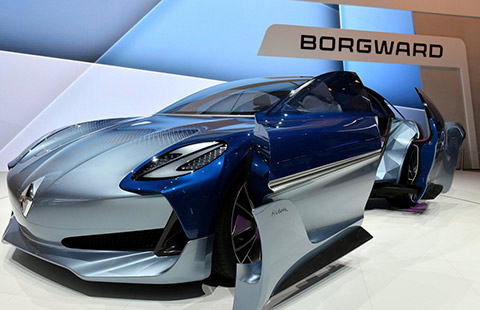New high-speed rail starts operation
Real estate developers have seen profits to be made near the Hongqiao hub with its large flow of passengers every day.
Renowned for its rejuvenation of Xintiandi in downtown Shanghai, which was a worn down residential community, the Hong Kong-based Shui On Group is now building an urban complex called The Hub in Hongqiao, scheduled to be completed in 2014.
Vincent Lo, chairman of Shui On Group, said, "There are sure to be small urban circles mushrooming around such mega-cities as Shanghai, which will fundamentally change the planning and construction of the urban transportation infrastructure."
Bryan Chan, project director of The Hub, compared the high-speed train network in China to the construction of the US highway system that started in the 1950s. Cities throughout the United States are now connected by this system.
"A similar revolution is now taking place in China with the help of the high-speed train. Once realized, 25 million people will be able to live in an economic circle where they can reach each other's cities within an hour. This cannot be compared to any other place in the world," said Chan at the Urban Land Institute's forum on high-speed railway and urban development held in Shanghai in early June.
"It is like a set rule applicable all over the world. But it is certain Hongqiao enjoys convenient transportation seen nowhere else. It is certain that Hongqiao will exert great influence over the regional economy," said Xue Quanrong, executive deputy director of the Shanghai Hongqiao CBD Administrative Committee.
With the high-speed railway, urban planning can look farther to neighboring Nanjing, Hangzhou and Hefei, said Zhou Hongyun, chief engineer and executive deputy director of the Shanghai Railway Administration.
"In this sense, Shanghai's development strategy can be expanded to a wider neighboring 35 sq km. A new economic development industry cluster will come into being in this way," Zhou said.
"With the operation of the high-speed train, it is now possible for cosmopolitan cities and smaller cities to share resources with each other. The functions of different cities will be redefined and the layout of industries will possibly be restructured," he added.



















